This is part 1 of a two-part gallery featuring a small snippet of the images I captured on a visit to the Imperial War Museum at Duxford – a huge and impressive collection of aircraft, vehicles and tanks.
As you’ll see from the images below, I really enjoy finding interesting details amongst the greater whole of the vehicle – the moments where details and colour interact in a visually interesting way. I love complex machines and the details within – this place was heaven for that kind of thing!
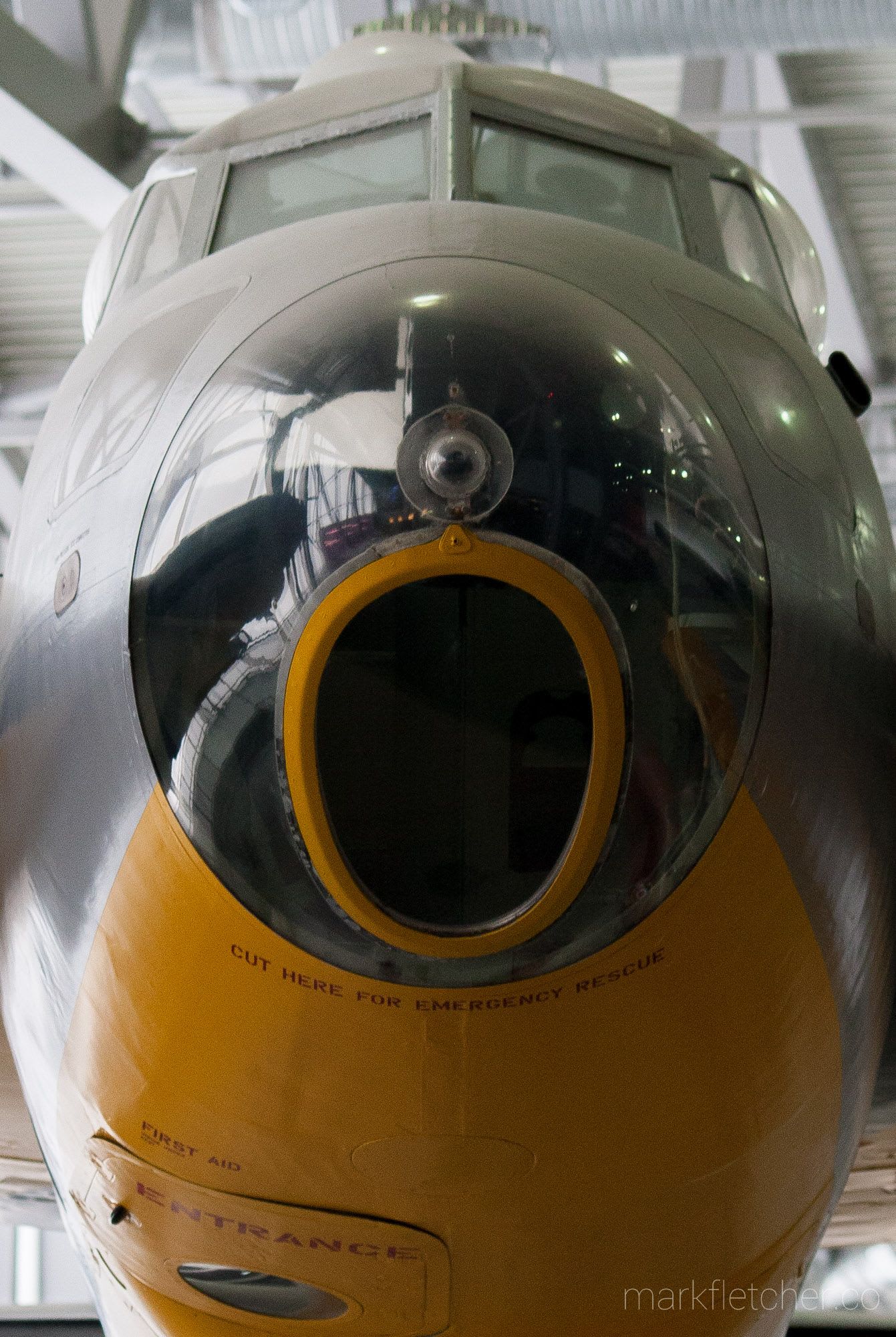
The mosquito is one of my favourite aircraft of all time; not pictured here is the distinctive twin-boom tail, which just made it a very interesting aircraft to look at.
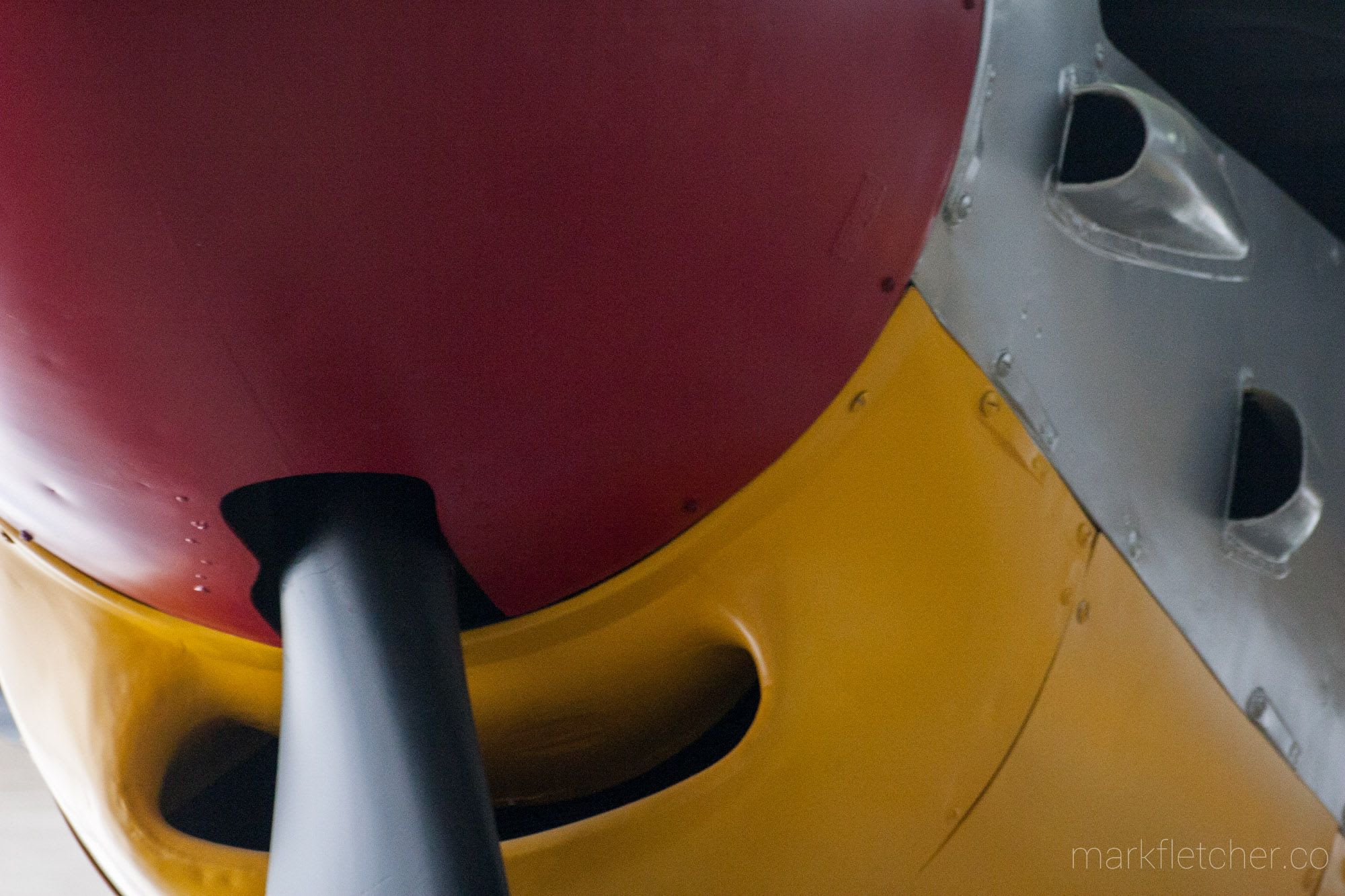

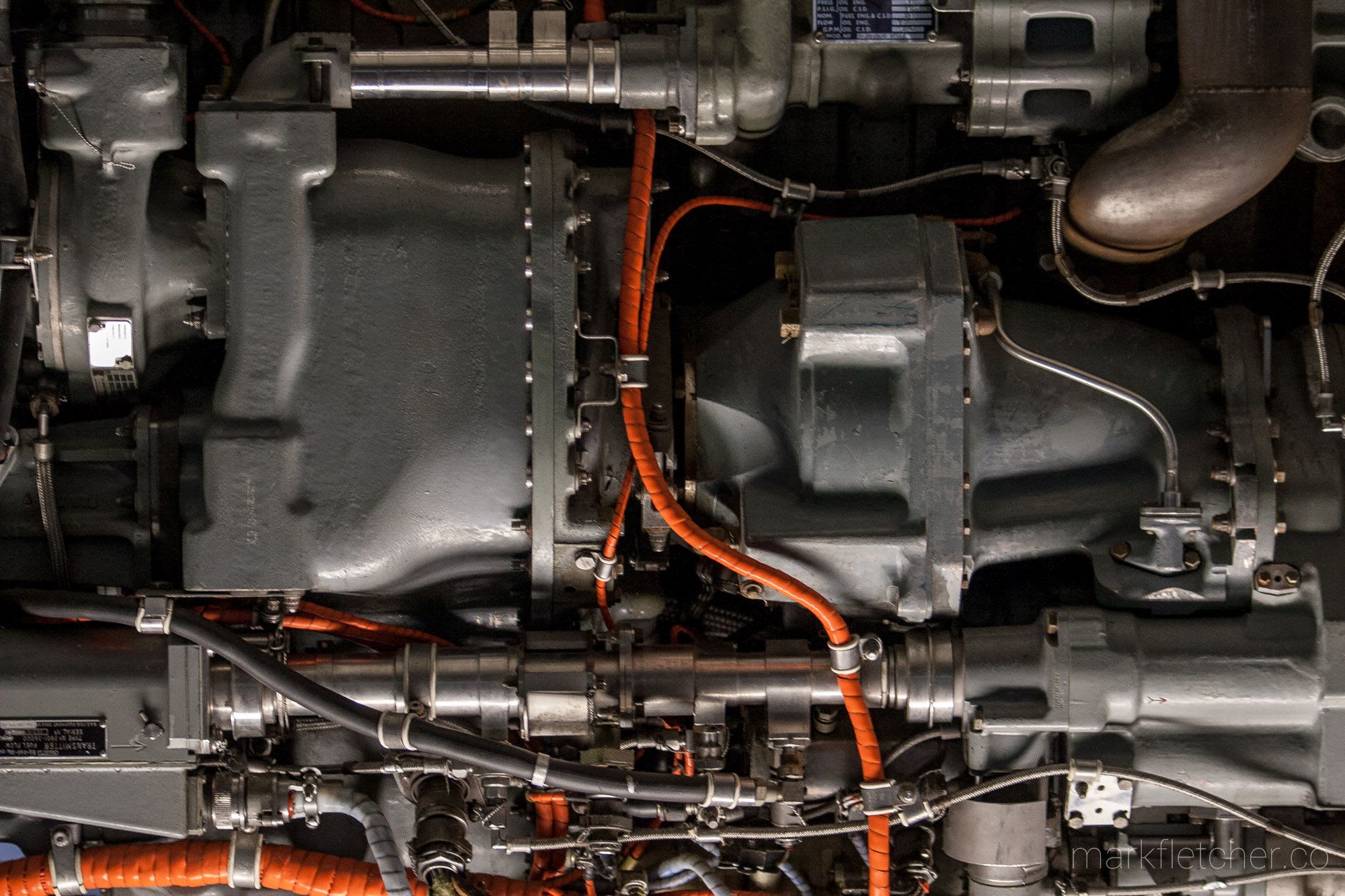
The above image (and the two following) are details from Concorde 101 – the first test aircraft that was built to flight test the supersonic capabilities of the then-new aircraft. It completed 273 flights in its lifespan and represented one of only two supersonic commercial aircraft to ever enter use. There were plenty of drawbacks to the technology – high cost and limited capacity being two of the major ones, but Concorde 101 represents a hugely significant part of aviation history.
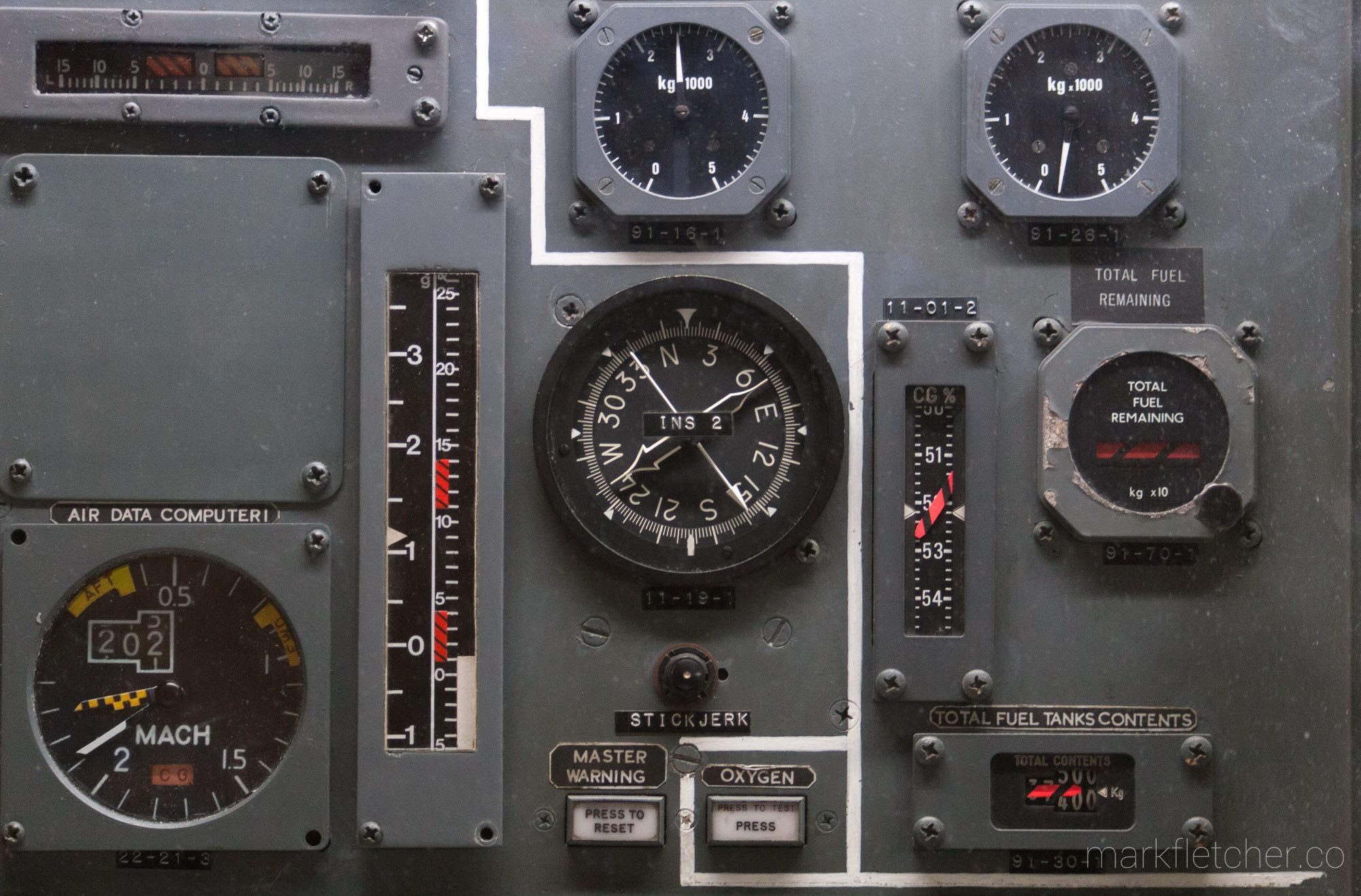

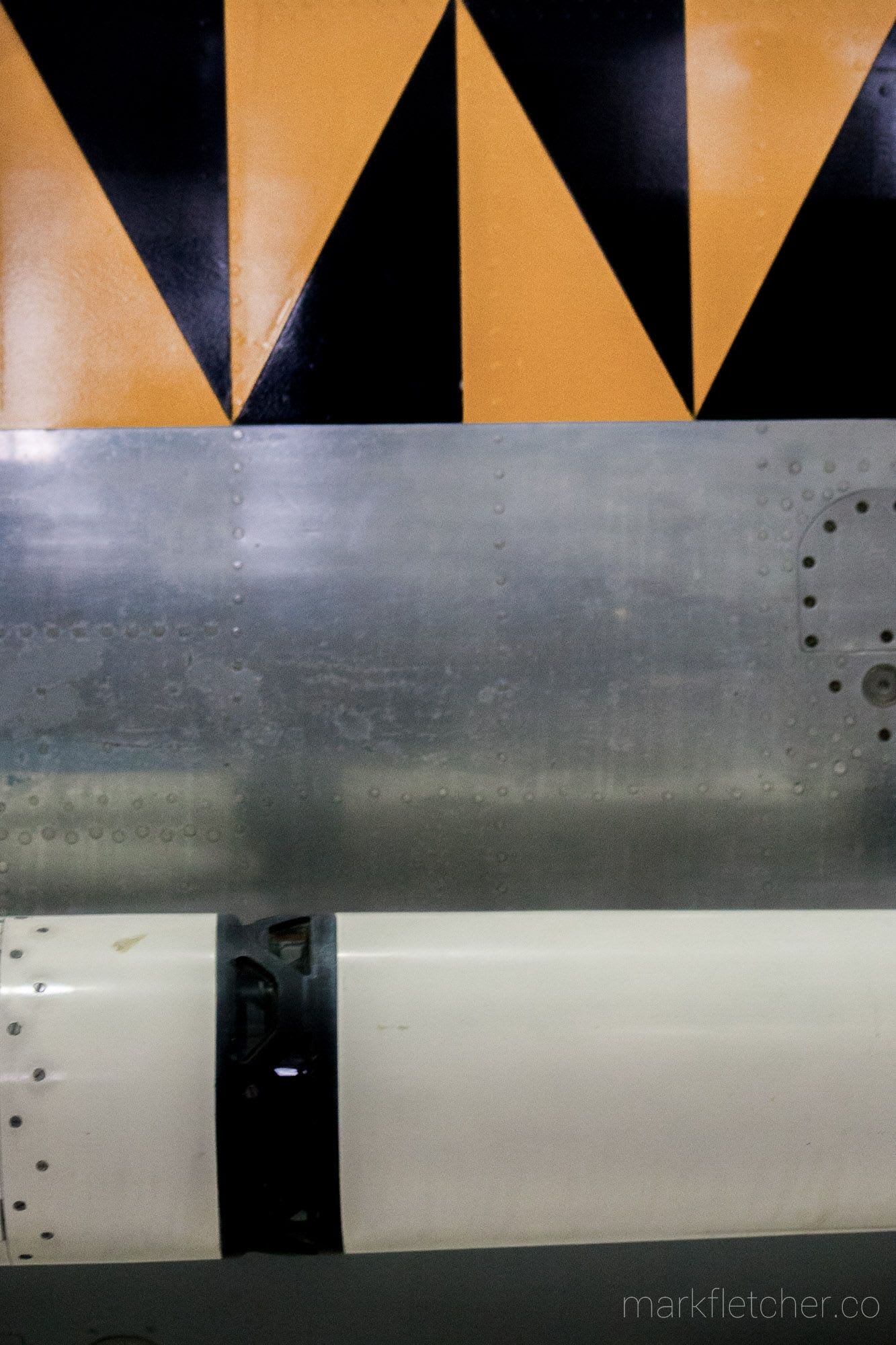

It’s almost as if the belly of this Hastings was designed to be side-lit and photographed. I’m in love with the muted metal and the rivets.
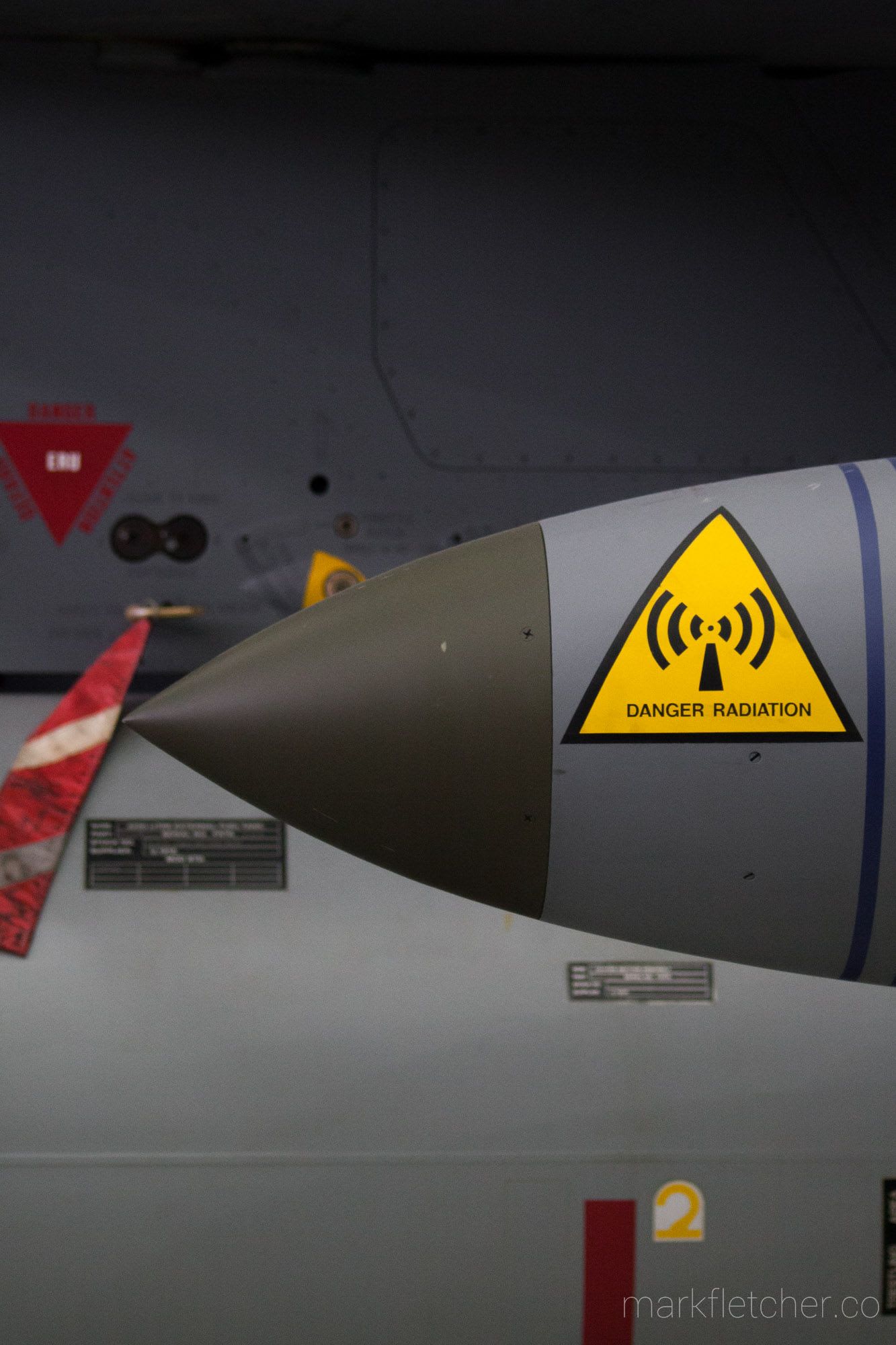
…my hope is that the display warheads were in fact, not radioactive.
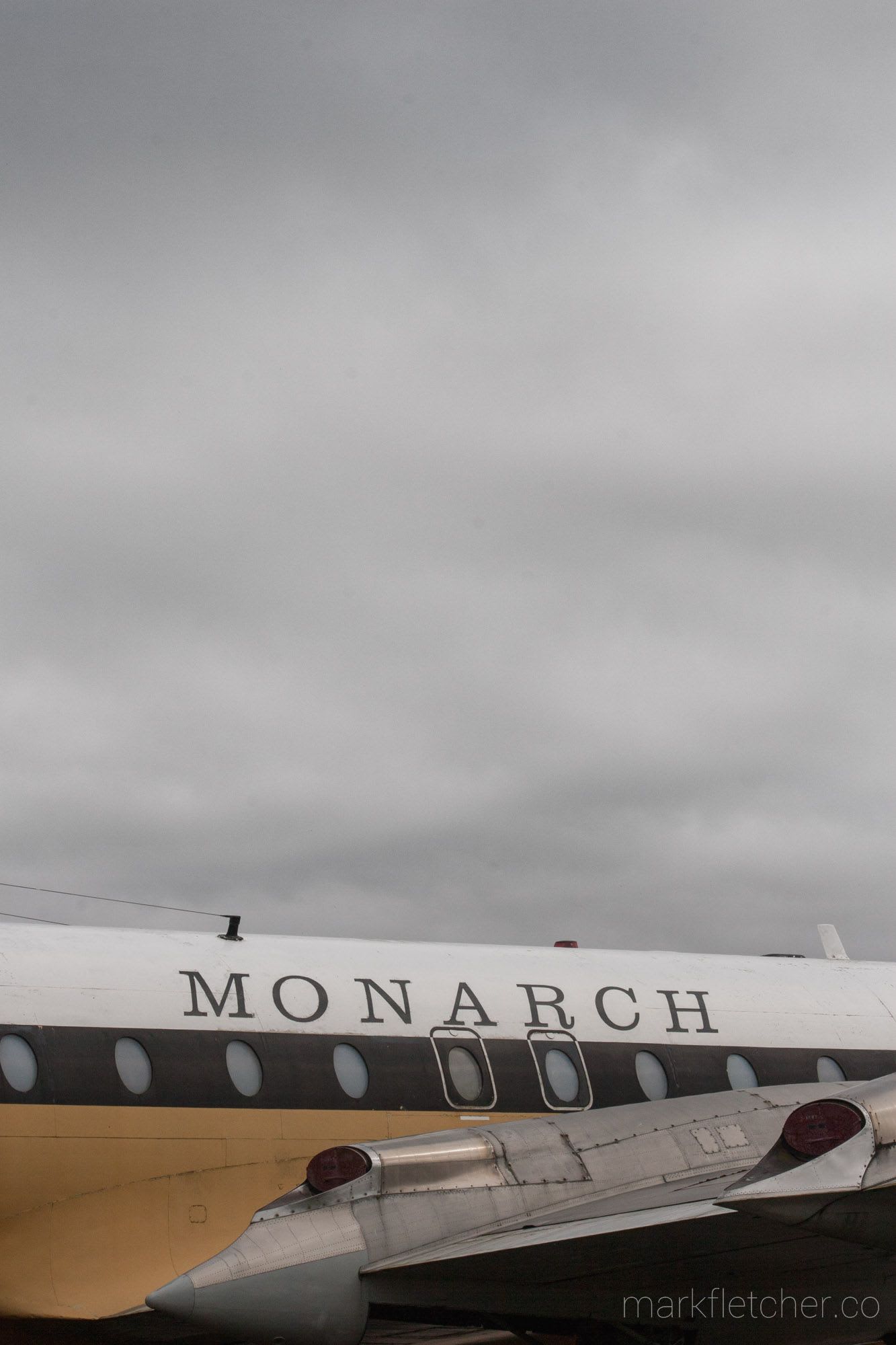

The guts of another hugely fast aircraft – the SR-71 has held the record for the fastest air-breathing manned aircraft since 1976.
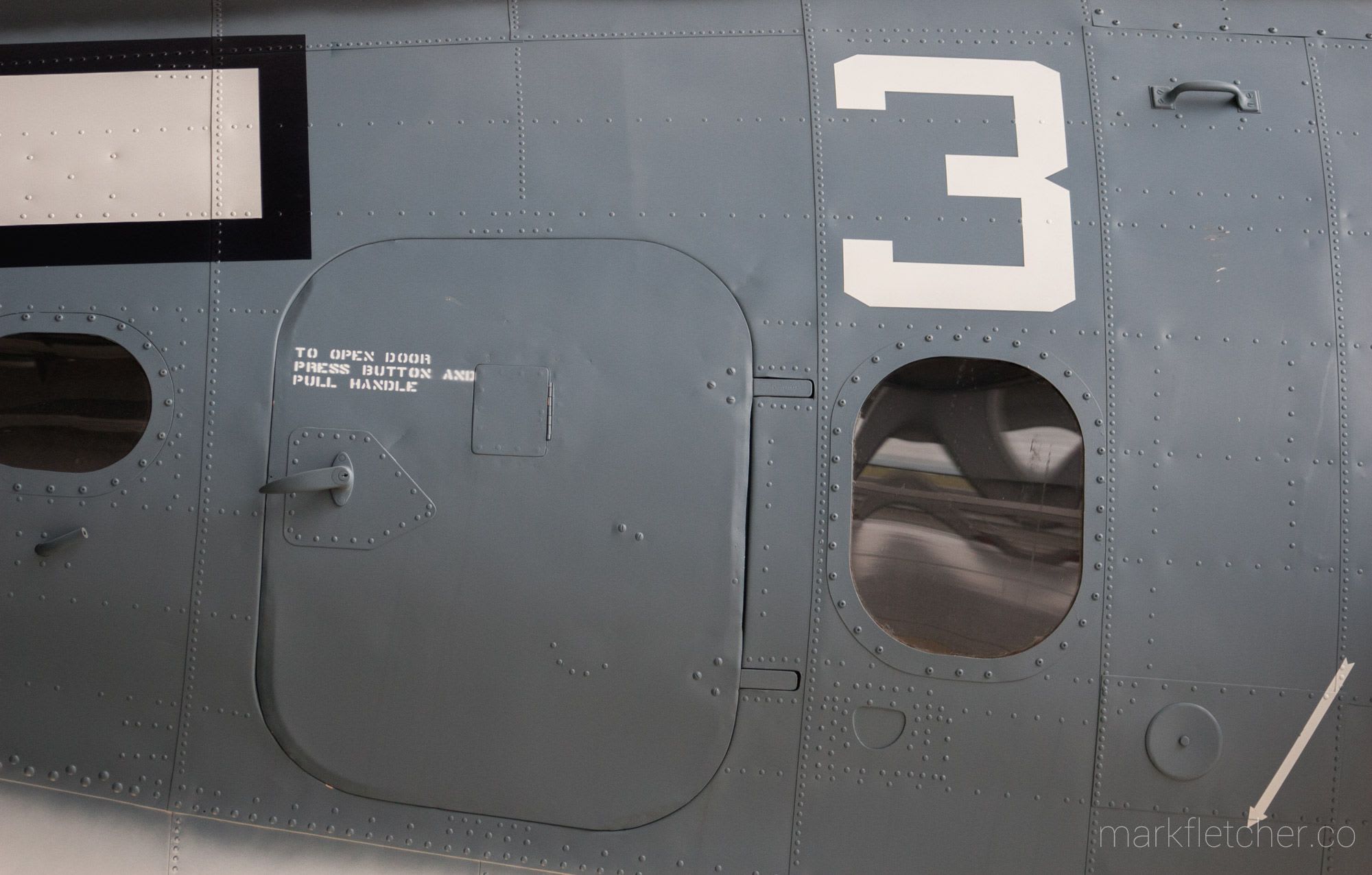


Aside from being a rather cool training biplane, this particular Kaydet is an absolutely eye-watering blue and yellow combination. I kind of love it.

This was one of those moments where the colours and textures of this tiny aspect of the F-111E (comprising maybe a square foot of tailfin) was so interesting I couldn’t ignore it. I really like how this kind of image communicates something of the essence of the aircraft whilst not picturing the entirety of it (something that is mostly impossible in a museum environment).
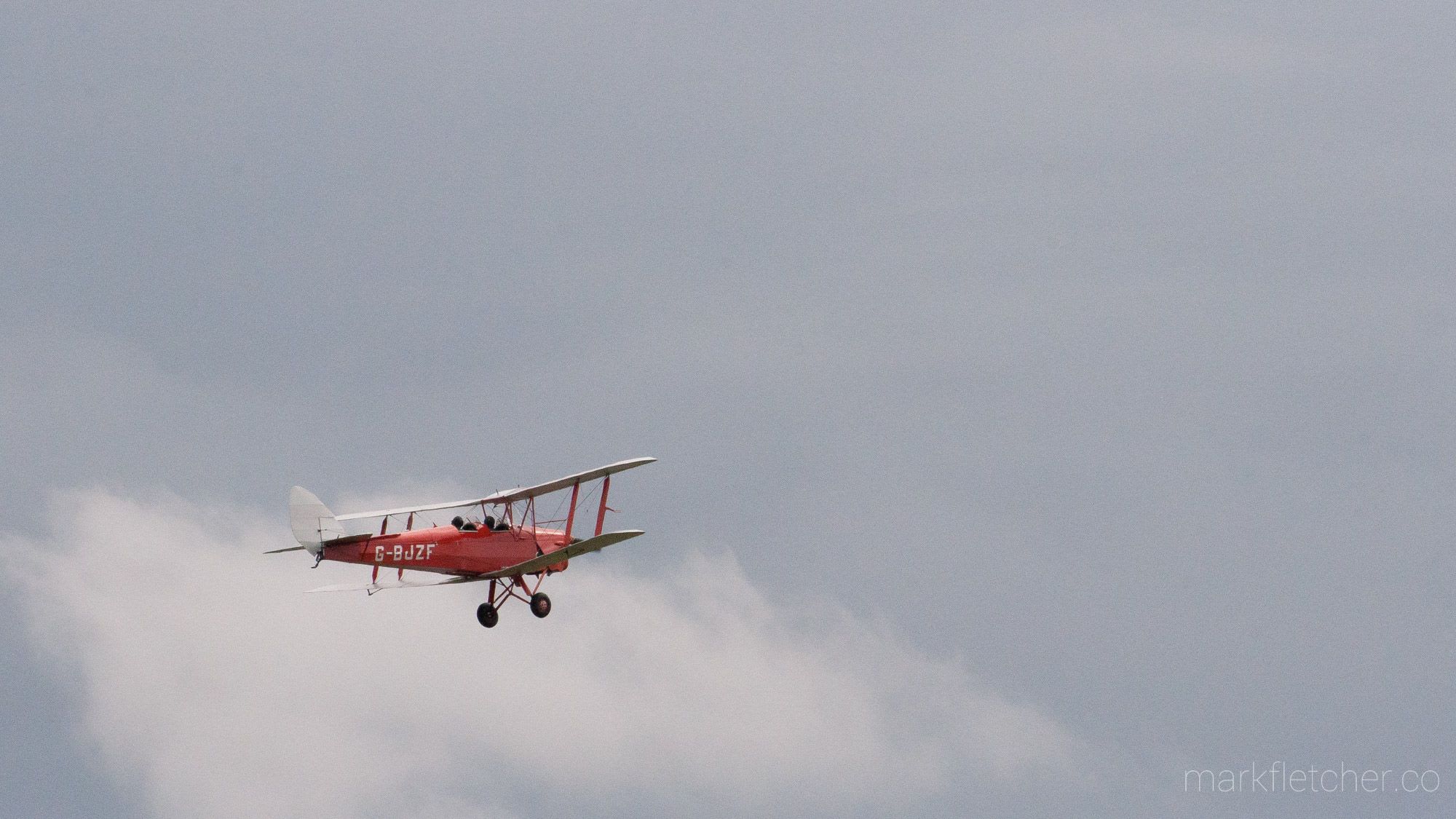
One of the reasons Duxford is so brilliant is the fact that many of the aircraft are still fully-functional. In previous visits, I’ve seen their B17 Flying Fortress flying around. This Tiger Moth is a decidedly smaller affair, but nonetheless stood out quite strikingly against the hazy sky.
